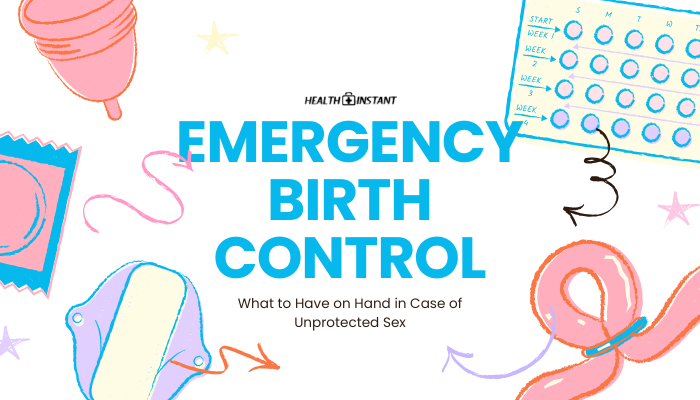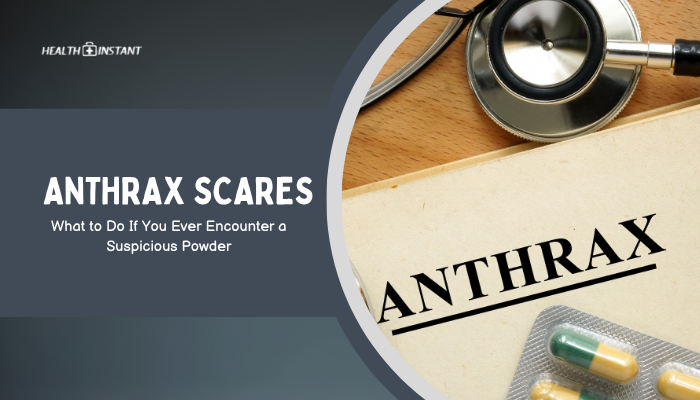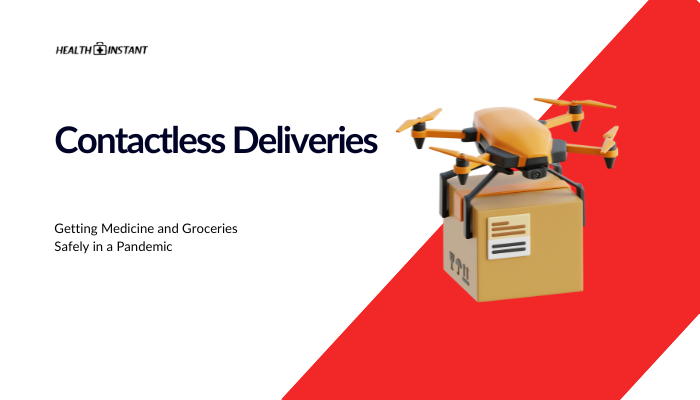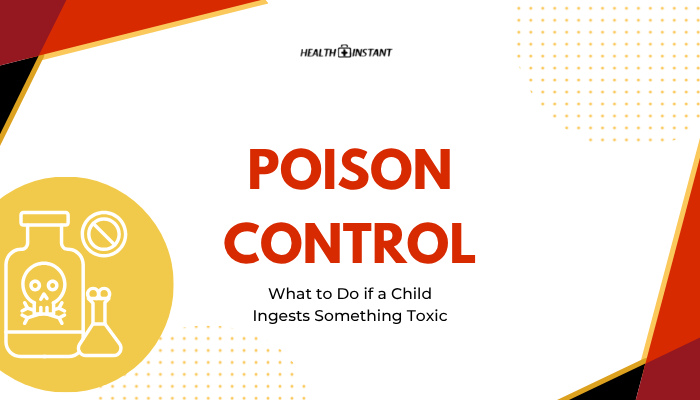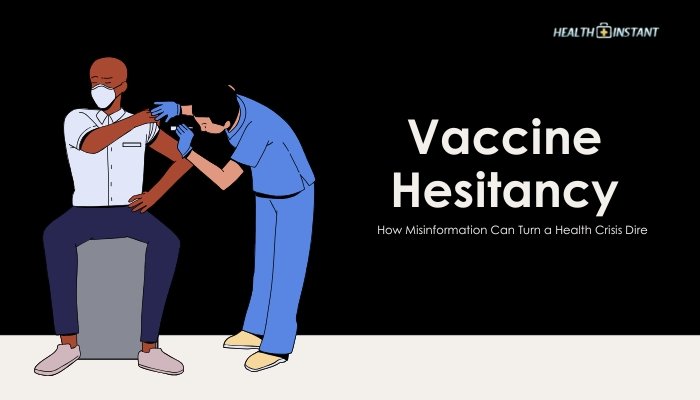Introduction
Carbon monoxide (CO) is an invisible, odorless gas that kills hundreds of people each year and sickens thousands more. Often called the “silent killer,” CO can accumulate in enclosed areas when fuel-burning devices malfunction or there is inadequate ventilation.
Recognizing the symptoms of CO poisoning and knowing how to prevent it helps protect yourself and loved ones from potentially fatal outcomes. This guide covers everything from identifying sources of CO to using alarms and responding swiftly to emergencies.
What Is Carbon Monoxide (CO)?
Carbon monoxide is a colorless, tasteless, odorless gas produced by the incomplete combustion of fuels like natural gas, wood, charcoal, gasoline, and propane. When inhaled, CO binds to hemoglobin in the blood more strongly than oxygen, drastically reducing the body’s ability to transport oxygen to organs and tissues. Overexposure leads to tissue damage, organ failure, and death.
Key points:
- Toxic at relatively low concentrations.
- Symptoms can be subtle and easily mistaken for the flu or fatigue.
- Long-term, low-level exposures can also harm health.
Sources of Carbon Monoxide
Common household and everyday CO sources include:
- Faulty Heaters or Furnaces: Gas or oil systems with cracked heat exchangers, poor ventilation, or incomplete fuel burning.
- Blocked Chimneys or Flues: Prevent CO from escaping up the chimney, letting it seep indoors.
- Cooking Appliances: Stoves, ovens, or grills used in enclosed areas.
- Vehicles: Running a car engine in a closed garage or poor exhaust systems.
- Generators or Outdoor Equipment: Operated too close to windows or in enclosed spaces.
Ensuring that any combustion device is in good working order with proper exhaust helps minimize CO buildup.
Early Signs and Symptoms of CO Poisoning
Mild exposure might mimic cold or flu symptoms without fever, including:
- Headache
- Nausea or Dizziness
- Weakness and Fatigue
- Confusion or trouble thinking clearly
More severe poisoning can progress to:
- Vomiting
- Rapid Heartbeat or Chest Pain
- Loss of Coordination or Consciousness
- Bright Red Coloring in Skin (less common, but possible)
- Death if exposure continues without intervention
Symptoms often ease if the person is moved to fresh air—a key indicator that CO might be the culprit.
Preventing Carbon Monoxide Poisoning
Maintain and Inspect Equipment
- Yearly Professional Check: Furnaces, boilers, and chimneys should be inspected and cleaned annually.
- Appliance Upkeep: Regularly service water heaters, stoves, clothes dryers, and other gas or oil appliances.
Install CO Alarms
- Placement
- Near sleeping areas on every floor of the home.
- At least 15 feet away from fuel-burning appliances to minimize false alarms.
- Near sleeping areas on every floor of the home.
- Regular Testing
- Check alarms monthly, replace batteries biannually (or as recommended).
- Check alarms monthly, replace batteries biannually (or as recommended).
- Replace Over Time
- CO alarms typically expire after 5–7 years.
- CO alarms typically expire after 5–7 years.
Ensure Proper Ventilation
- Use Exhaust Fans: When operating gas stoves or ovens.
- Open Flues: Fully open fireplace flues when in use.
- Never Use Outdoor Equipment Indoors: Barbecue grills, camping stoves, or portable generators.
Smart Driving Practices
- Never Idle in an Enclosed Garage: Ventilate by opening the garage door.
- Check Exhaust System: A leaky tailpipe can pump CO into the cabin.
Emergency Steps if CO Poisoning Is Suspected
- Move to Fresh Air
- Immediately get everyone outside or into a well-ventilated space with doors or windows open.
- Immediately get everyone outside or into a well-ventilated space with doors or windows open.
- Call Emergency Services
- Dial local emergency numbers if severe symptoms or unconsciousness appear.
- Also contact your local utility or fire department if an appliance is the suspected source.
- Dial local emergency numbers if severe symptoms or unconsciousness appear.
- Seek Medical Evaluation
- Oxygen therapy or hyperbaric oxygen might be required to replace CO in the bloodstream.
- Even mild symptoms can worsen, so better to have a medical check.
- Oxygen therapy or hyperbaric oxygen might be required to replace CO in the bloodstream.
- Do Not Re-Enter
- Wait for professionals to declare the area safe.
Conclusion
Carbon monoxide poisoning is a critical health hazard, largely because it’s invisible, odorless, and can escalate quickly. By installing reliable CO detectors, maintaining appliances, and staying vigilant about ventilation, you greatly reduce risks.
If symptoms appear, especially multiple people in the household showing similar “flu-like” symptoms without fever, suspect CO and move everyone to fresh air. Swift action—calling for help, turning off suspected sources—can save lives. Awareness and prevention are the best defenses against this silent killer.
References
- Centers for Disease Control and Prevention (CDC). (2020). Carbon monoxide poisoning prevention.
- U.S. Consumer Product Safety Commission (CPSC). (2021). CO safety tips.
- Environmental Protection Agency (EPA). (2019). CO risks in indoor air.
- World Health Organization (WHO). (2018). Housing and health guidelines: CO exposure.
Disclaimer: This content is for general guidance and does not replace professional medical or safety advice. Always follow local regulations and consult professionals when addressing potential CO issues.



